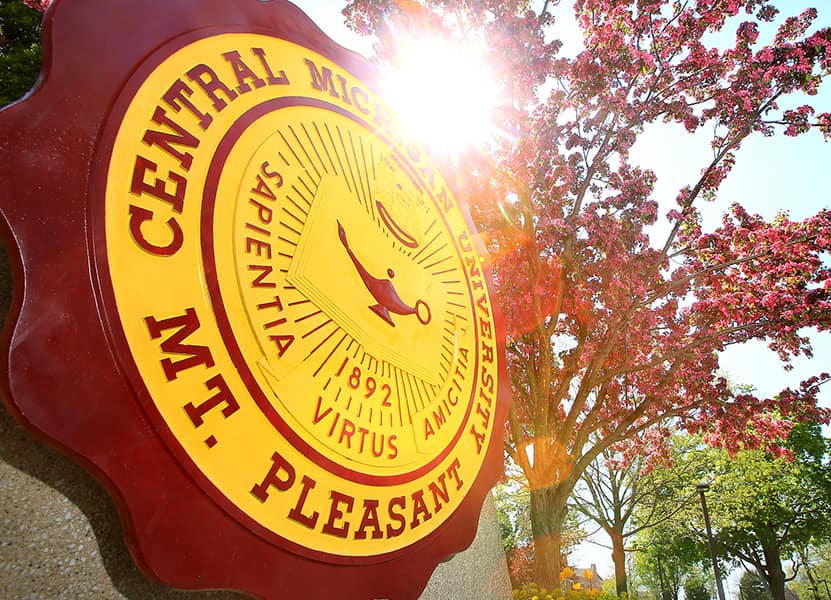The collection documents the department's history with organizational histories, photographs, slides, website pages, annual reports, correspondence, publications, meeting minutes, scrapbooks, and other materials.
Through the years, department staff saved various historical materials, photographs, scrapbooks, meeting minutes, and other relevant materials, to document the history of the department and its related student organizations. About half of the collection documents the department, while the other half documents the related student organizations.
The collection is organized first by format, with letter and legal-size papers and photographs filed in alphabetical order by organizational name in boxes. The organizational history and related notes, compiled in 1996 by Donna Poynor begins the collection. Oversized volumes (Scrapbooks and Photograph Albums) are divided by organizational name and stacked with the largest volume in each section on the bottom of the pile. They are described at the end of the box and folder listing.
The history of the entire department from its establishment until 1996 is documented in Organizational Histories and Research Notes, 1996; Photographs, 1930s-1960s, and 1990s, and 2003; Published Materials (articles in CMU publications, departmental brochures, and a reprint of an article by a student in the department), 1944-1984 (Scattered); Slides, 1950s, 1961, and undated; CMU and You Day Photographs and Report, 1991; and the 2006 department website pages. The undated Sewing I Notebook and teacher contracts date from 1905 through 1913 are the earliest extant items in the collection. They document the period when courses were taught as Domestic Science and Arts. The Notebook is charming. It includes Ruby Wilfing’s neatly written class notes with definitions and ideas, and examples of swatches of materials demonstrating her ability to sew various types of complex stitches. A miniature apron she sewed is included.
The Department of Home Economics is documented by Annual Reports from the 1960s, Departmental Correspondence, both General Correspondence, mainly noting changes in department staff and leadership during the 1960s, as well as some Correspondence specific to the Renovation of Wightman Hall, 1966-1968 and 1970. Other correspondence is with the Office of Vocation Education, part of the Michigan Department of Public Instruction, regarding the review and development of the department. There is also a department Scrapbook, 1961-1963.
The Department of Home Economics, Family Life and Consumer Education is documented by a publication, Quest for Values, 1968-1969 by Evelyn I. Rouner.
Several student home economics clubs are documented in the collection. The Central Home Economics Club is documented by organizational records, including: Constitutions, 1941-1987 (Scattered); Meeting Minutes of both regular and Executive Council meetings, and Lists of Members, 1920-1940, 1946-1950, 1961-1977 and 1979-1989, and Scrapbooks, 1942, 1946-1948, and 1958-1963 (1 v.) and 1958-1964 (1 v.). This club evolved into the Central Michigan Home Economics Association, documented by Scrapbooks, 1977-1979 (2 v.), and the CMU Home Economics Association, documented by a Scrapbook, 1979-1980.
The Central Home Economics Club was a member of a state home economics organization, the Michigan Home Economics Association, which is documented by Scrapbooks, 1936-1938 and 1982-1984 (2 v.).
Another related club was Kappa Omicron Phi (the National Home Economics Honors Society), which is documented by a Photograph album, 1978-1983 and two Scrapbooks, 1961-1977 and 1973-1982.
Photographs in the collection include black and white as well as colored and colored slides. A number of the Photographs were published in the department’s brochures and articles about the department. The Scrapbooks vary in size and composition. A wide variety of materials, including photographs, art, correspondence, invitations, table favors, posters, programs, newspaper clippings, etc. are found in the scrapbooks. Because of the mix of their composition and contents, all of the Scrapbooks suffer from various levels of acidity and fragility and should be used with care by researchers.
Processing Notes: Some of the scrapbooks consisted of materials in rotting binders. The historical materials were removed from the binders and filed in folders. Two photographs in the collection were of women in the home economics courses at Michigan Agricultural College, now Michigan State University, so those photographs were transferred to the MSU Archives and Historical Collections.
